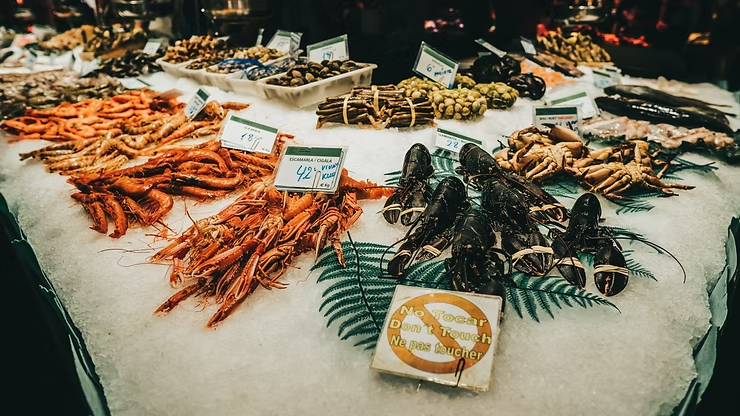Promoting Responsible Seafood Consumption and Sustainable Fisheries
Supporting responsible seafood consumption and sustainable fisheries is crucial for protecting marine ecosystems, ensuring food security, and preserving the livelihoods of millions dependent on fishing. With rising global demand for seafood, unsustainable practices and overfishing threaten ocean health. By advocating for informed choices and sustainable practices, we can maintain biodiversity, restore fish populations, and balance marine ecosystems.
Key Strategies for Responsible Seafood Consumption
1. Responsible Consumer Choices
Educate consumers about sustainable seafood options. Labels like the Marine Stewardship Council (MSC) or Aquaculture Stewardship Council (ASC) help identify responsibly sourced products.
2. Understanding Fishing Methods
Raise awareness about the environmental impacts of methods like bottom trawling or longlining, empowering consumers to select more sustainable options.
3. Avoiding Overexploited Species
Encourage consumers to avoid endangered or overfished species to reduce pressure on vulnerable populations.
4. Supporting Local Fisheries
Choosing locally caught seafood supports small-scale fisheries and reduces the carbon footprint of long-distance transportation.
5. Seafood Seasonality
Consume seafood according to natural availability and seasonal cycles to reduce pressure on fish stocks and promote sustainable fishing.
6. Sustainable Aquaculture
Promote responsible aquaculture practices, including efficient feed use, disease control, and water quality management, minimizing environmental impact.
7. Traceability and Transparency
Improved traceability systems allow consumers to know where seafood comes from and how it was harvested, fostering informed choices.
8. Partnerships with Restaurants
Collaborating with restaurants to serve sustainably sourced seafood encourages industry prioritization of responsible sourcing.
9. School Programs
Integrate seafood sustainability education into curricula to inform future generations about responsible consumption.
10. Government Policies
Advocate for stronger regulations and enforcement of sustainable fishing practices to ensure fisheries remain within ecological limits.
11–18. Additional Approaches
- Subsidy Reform: Encourage governments to adjust fisheries subsidies to deter overfishing.
- Conservation Areas: Establish marine protected areas and no-fishing zones to allow populations to recover.
- Data Collection and Research: Support efforts to collect accurate fishery data to inform sustainable management.
- Engaging Industry Stakeholders: Collaborate with fishermen, processors, and retailers to adopt sustainability standards.
- Consumer Awareness Campaigns: Launch initiatives highlighting the importance of sustainable seafood to drive behavioral change.
- Global Partnerships: Work with international bodies like FAO to promote sustainable fisheries worldwide.
- Certification Programs: Support MSC and ASC certifications to incentivize adherence to sustainability standards.
- Supporting Indigenous Fisheries: Respect traditional fishing practices, promoting cultural preservation and sustainable resource management.
Conclusion
Promoting responsible seafood consumption and sustainable fisheries requires coordinated efforts from consumers, industry, governments, and organizations. By making informed choices, supporting policy improvements, and endorsing sustainable fishing practices, we can safeguard marine ecosystems, secure food supplies, and foster a sustainable relationship between humanity and the oceans.

